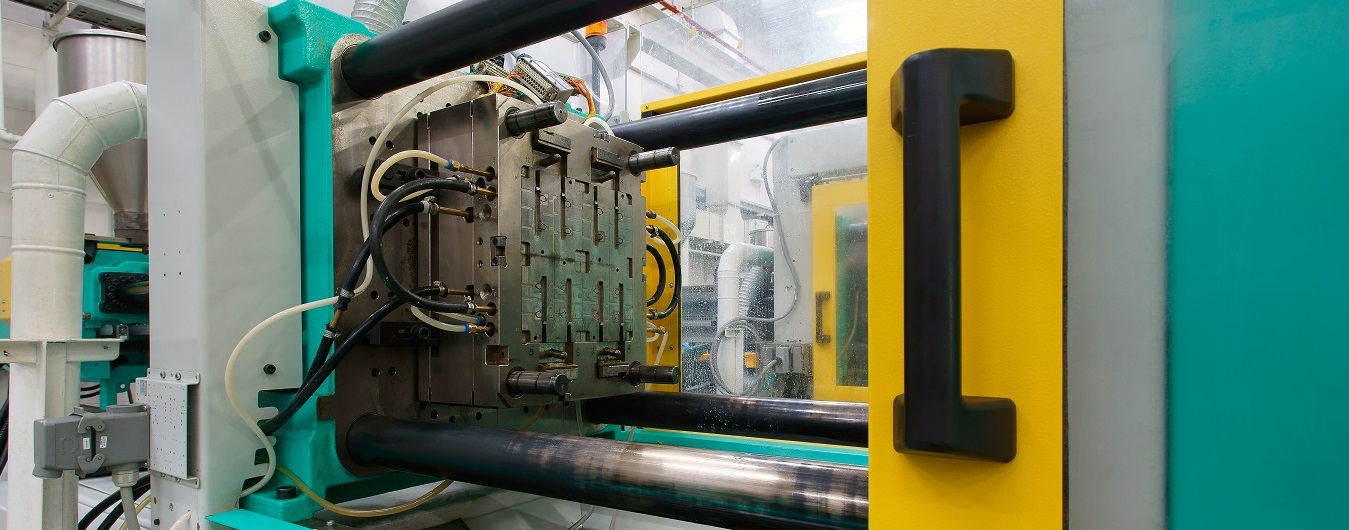Here are the 5 basic steps of the MIM process
- Tooling: Producing a mold
- Mixing: Producing the feedstock (pea size particles) by combining metal powders with a multiple component thermoplastic binder system.
- Molding parts: At this stage, parts are fragile containing 40% of binder by volume.
- Stripping: Finishing step to remove the majority of the binder from the part in a controlled solvent system.
- Sintering: Final step. Removing residual binder by heating parts causing the parts to shrink uniformly to virtually full density.
MIM parts provide mechanical performances near or equal to machined parts. The MIM process can be used to produce parts with complex shapes that could not be machined. It is also ideal for the manufacturing of parts containing multiple and cross-drilled holes since it provides great strength, hardness and elongation performances.
Superior flowability characteristics of spherical powders favor a better dispersion of the powder with plastic resins. MIM generally uses finer particle size distributions in order to reduce porosities in the final parts. However, too fine powders of reactive metals such as titanium result in poor chemical composition, especially for the oxygen and hydrogen content. Furthermore, manufacturers demand powders with low oxygen and carbon content since the control of carbon and oxygen concentration is critical to the MIM process.



